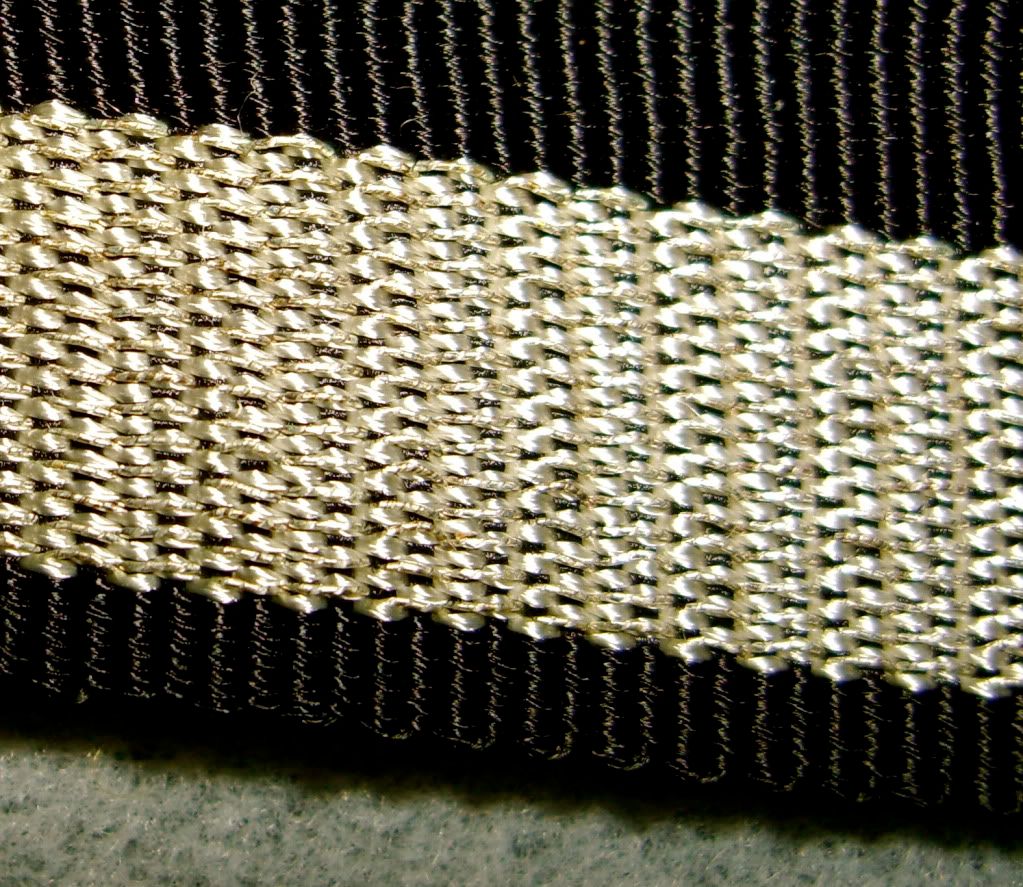Jim,
I have compared my PLM with the one from Previtera's book.
Please look the picture:

I have pasted a transparent picture of my cross over the cross from Previtera book ( I hope he would not be angry on me because I tok his pictures for researches).
They letters matches perfectly.
Here is another example:

The eagle on page 380 have the same deformation as mine:

Only difference is the outer border, my interpretation for that is outer border/edge little wider, reason for that is hand finish,... jeweller has take away more material during grinding.

That is the reason for little difference in measurments.
Jim, please make a scan of yours PLM, that will help in advanced discusion?
I apologize to Previtera for the use of certain detils from his book, on his wish I will delete this photos.
Regards
Sasha
I have compared my PLM with the one from Previtera's book.
Please look the picture:

I have pasted a transparent picture of my cross over the cross from Previtera book ( I hope he would not be angry on me because I tok his pictures for researches).
They letters matches perfectly.
Here is another example:

The eagle on page 380 have the same deformation as mine:

Only difference is the outer border, my interpretation for that is outer border/edge little wider, reason for that is hand finish,... jeweller has take away more material during grinding.

That is the reason for little difference in measurments.
Jim, please make a scan of yours PLM, that will help in advanced discusion?
I apologize to Previtera for the use of certain detils from his book, on his wish I will delete this photos.
Regards
Sasha





















 ...now...offer me some good reasons to believe your cross--and /or any of those possibly made by Cejalvo--are not copies made from it, rather than coming from the same source and time? After all, mine has a repaired/replaced suspension loop that--if someone had reason to believe it were "the real thing", might justify their copying it in error...an error "corrected" to some extent on your cross. What other reason to explain why most of the Cejalvo-attributed crosses do not have a reasonably accurate Baroque suspension? "Because it is a fake" is not an acceptable answer, either! We all agree "these guys" aren't dumb and they are very capable jewelers. So why? I have given you seven (as yet) un-addressed or refuted ways suggesting mine has qualities which were perhaps copied, but are otherwise distinctly different in nature.
...now...offer me some good reasons to believe your cross--and /or any of those possibly made by Cejalvo--are not copies made from it, rather than coming from the same source and time? After all, mine has a repaired/replaced suspension loop that--if someone had reason to believe it were "the real thing", might justify their copying it in error...an error "corrected" to some extent on your cross. What other reason to explain why most of the Cejalvo-attributed crosses do not have a reasonably accurate Baroque suspension? "Because it is a fake" is not an acceptable answer, either! We all agree "these guys" aren't dumb and they are very capable jewelers. So why? I have given you seven (as yet) un-addressed or refuted ways suggesting mine has qualities which were perhaps copied, but are otherwise distinctly different in nature.
Comment